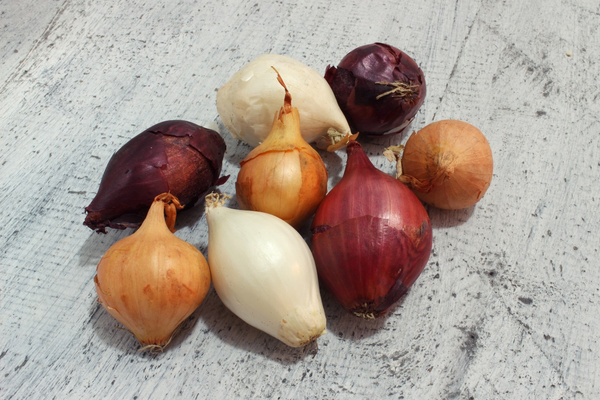
In India, the tradition of cooking and consuming all meals at home is deeply embedded in the culture. This practice is not just a daily routine but a cherished ritual that strengthens family bonds and honours the rich culinary heritage of the region. Cooking at home is widely recognized for its health benefits, as it allows for complete control over ingredients, ensuring that meals are nutritious and tailored to specific dietary needs. Despite these advantages, the preparation process can pose significant challenges, especially for working individuals and those with busy lifestyles.
One common frustration among home cooks in India is the task of peeling small onions, a staple ingredient in many Indian recipes known for adding a depth of flavour to dishes. Small onions, also known as shallots in some regions, are notoriously difficult to peel due to their size and the thinness of their skin, making the process time-consuming and tedious. This can be particularly daunting for those preparing meals in a hurry or after a long day of work.
Dealing with small onions can be a finicky task in the kitchen, but with a deeper understanding and elaboration of the techniques mentioned, you can tackle this challenge with ease and efficiency. Let's dive into a more detailed exploration of each method and add a few more insights into handling small onions.
Blanching Method
Blanching is a versatile peeling technique not only beneficial for peeling small onions but also for preserving their colour and easing their integration into various dishes. Here’s a more detailed look at this small onion peeling method:
- Preparation: Start by scoring a small X at the root end of each onion with a knife. This minor cut helps the skin separate from the onion during the blanching process.
- Boiling: Ensure the water is at a full boil before adding the onions. The rapid boil is crucial for the method to be effective.
- Timing: Keeping the onions in boiling water for exactly 60 seconds is key. Over-blanching can begin to cook the onions, changing their texture and flavour profile.
- Cooling: The ice bath not only stops the cooking process immediately but also contracts the onion slightly from its skin, making peeling a breeze.
Microwave Method
The microwave method leverages the convenience and speed of microwave heating to achieve similar results to blanching without the need for a stovetop.
- Water Level: When microwaving, ensure the onions are fully submerged in water. This uniform exposure to heat helps loosen the skin all around.
- Cooling: After microwaving, let the onions sit in cold water not just to cool them down but also to further loosen the skin.
- Handling: Use caution when draining the hot water. The steam and water can be scalding.
Pinch Method
This method is especially suited for those who value speed and minimal equipment in the kitchen. Even if you are new to cooking, you can try this method, it’s that simple!
- Score: While not always necessary, scoring the root end before pinching can facilitate an even easier removal.
- Firmness: Apply a firm, even pressure when pinching. The goal is to eject the onion without crushing it.
Knife Method
For those who prefer precision or are dealing with particularly stubborn onions, the knife method offers control and effectiveness.
- Incision Depth: Be cautious not to cut too deeply into the onion. The aim is to slice only the skin to avoid waste.
- Peeling Technique: Use the blade of the knife or a fingernail to catch the edge of the incision and peel back the skin gently. Be careful while doing this small onion peeling method.
Additional Tips to Peel Small Onions
- Batch Processing: When preparing a large quantity of small onions, consider doing them in batches to maintain consistency and manageability.
- Freshness Matters: Fresher onions tend to have tighter skins that might require more effort to peel. Adjust your chosen small onion peeling method accordingly.
- Practice Patience: Especially when trying these small onion peeling methods for the first few times, be patient with yourself. Speed and efficiency come with practice. If one method doesn’t work for you, try another one. Once you find a method that suits you well, you will notice your prep time being cut down to half.
Mastering the art of peeling small onions can transform your cooking experience, making it less of a chore and more of a joy. Each method has its strengths and can be chosen based on your cooking style, the kitchen tools at your disposal, and the amount of time you have. As you become more adept at handling small onions, you'll find that their flavour and versatility in dishes far outweigh the effort required to prepare them. Remember, the key to culinary efficiency often lies in adopting techniques that work best for your unique kitchen scenario.

